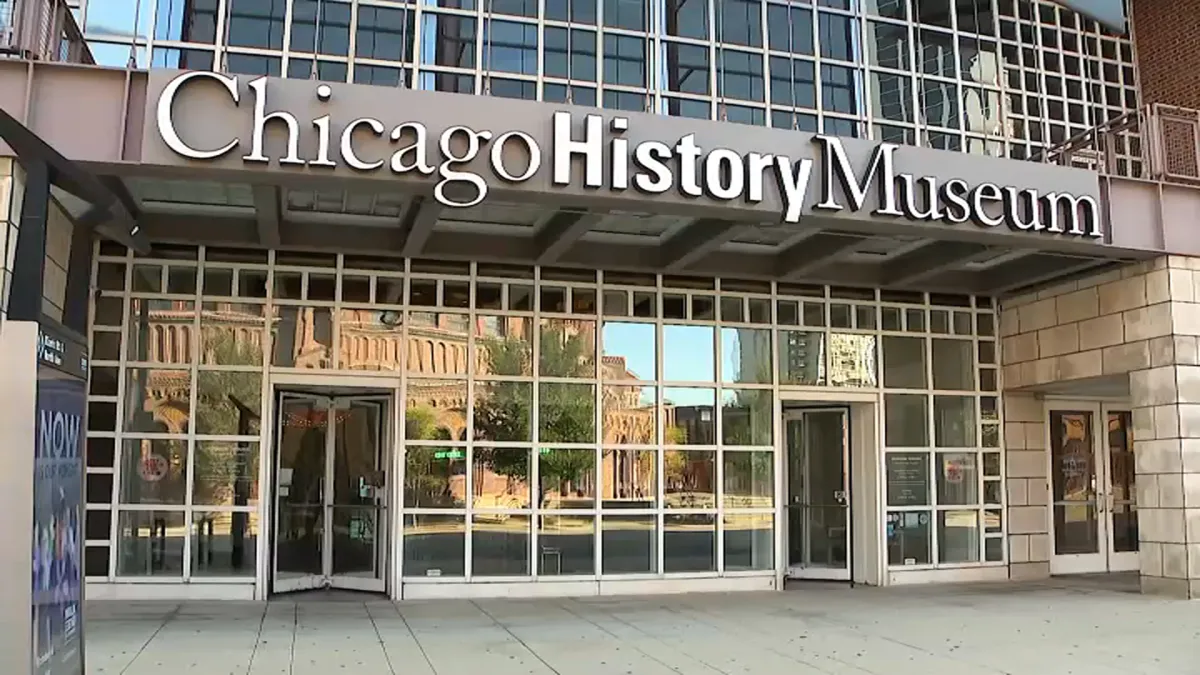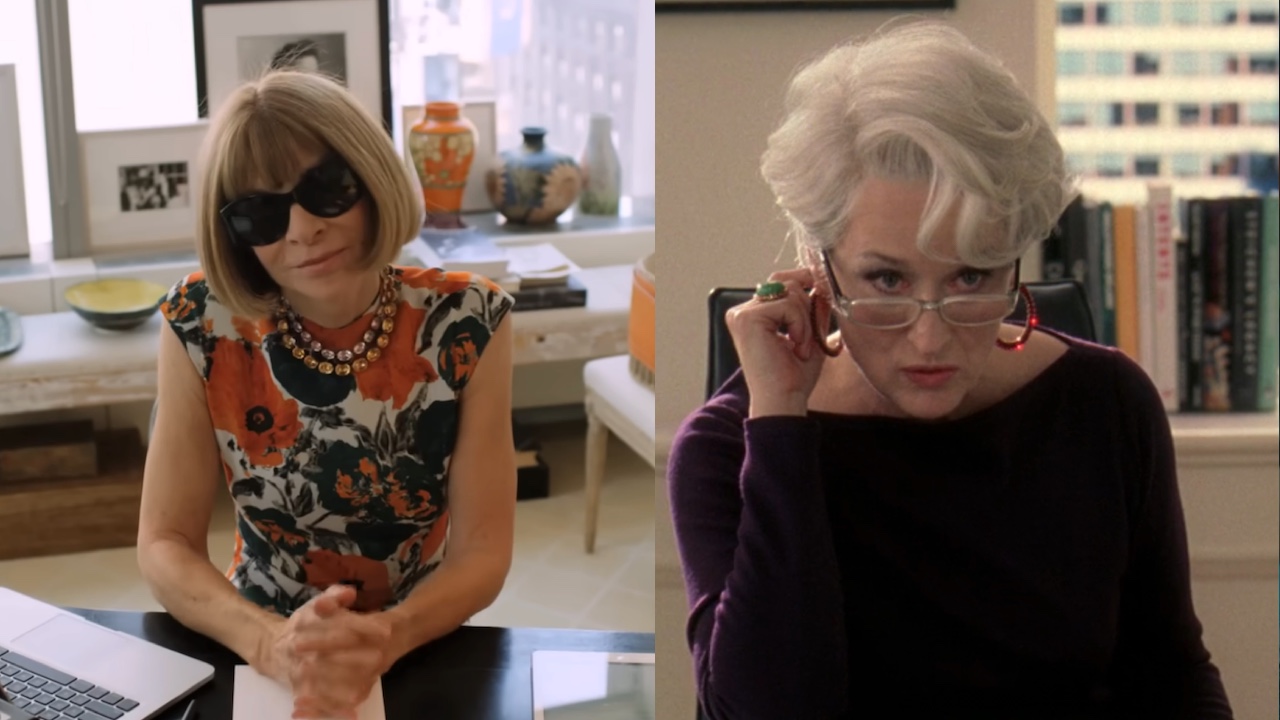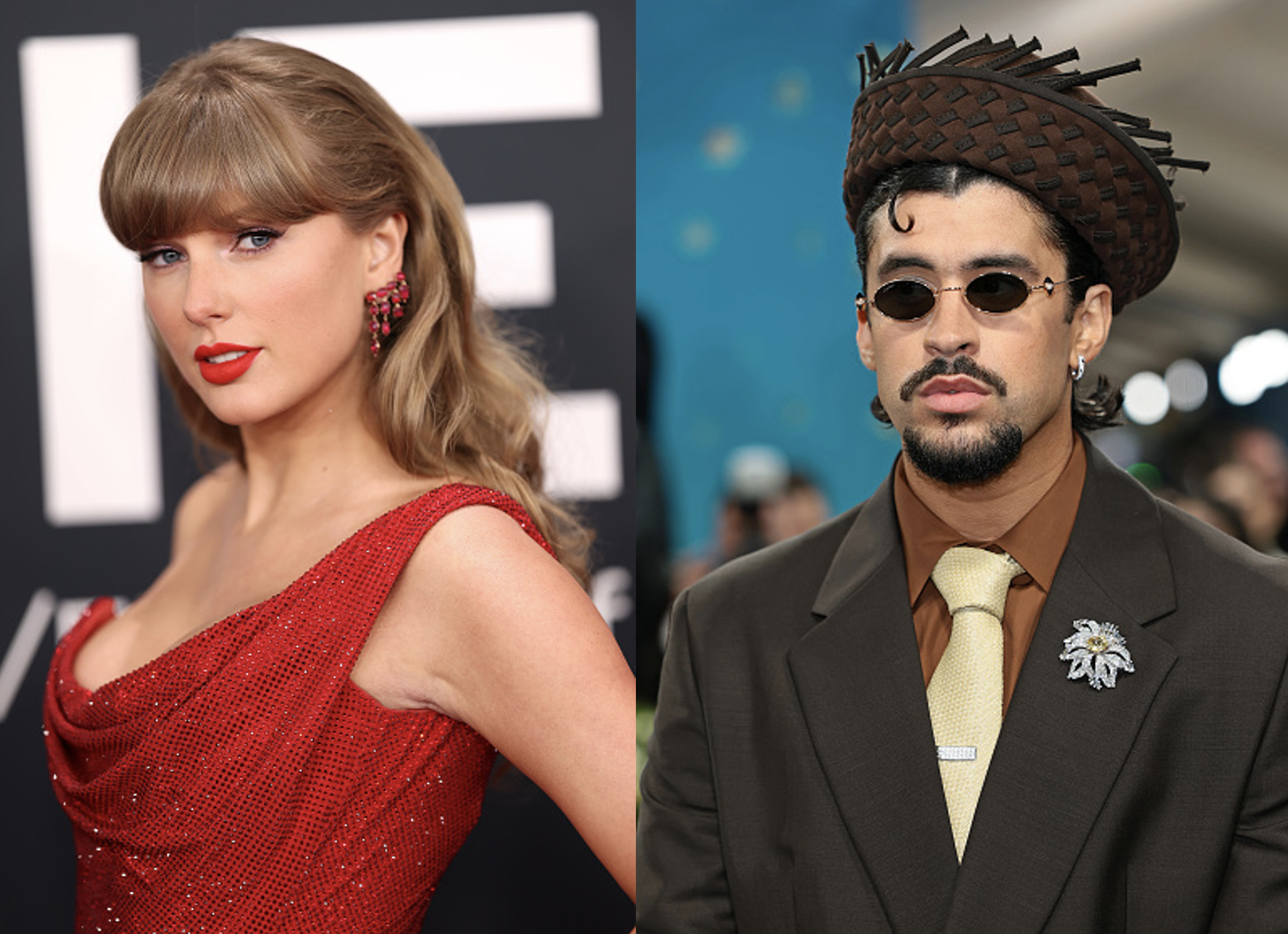
Students who protested what they saw during a field trip to Chicago’s History Museum sparked a new exhibit that will open this month after years in the making.
“Aquí En Chicago,” which opens to the public Oct. 25 in both English and Spanish, is a project more than six years in the making. It will showcase arts, culture, personal stories of heroism, and Chicago’s role in the sanctuary movement.
The exhibition is a response to a student protest, as Jesse Betend explains in “Building Aquí,” which launched its first episode, “The Missing Exhibition,” Oct. 1.
“A group of students from Chicago’s South Side took a field trip to the Chicago History Museum. They were not impressed,” he narrates, introducing listeners to the catalyst for the museum’s exhibition.
Those students, from the Instituto Justice and Leadership Academy (IJLA) in Pilsen, saw a gap in the museum’s representation of the Hispanic and Latino influence in the Windy City, for which the group represents about 30 percent.
“The Chicago History Museum kind of has to make up for lost time, so I figured let’s just dive right into telling those stories,” Betend, who is the head of podcasting at Rivett 360, told NBC 5.
“Aquí en Chicago is a pronouncement of persistence in place,” Elena Gonzales, the museum’s curator of civic engagement and social justice, told NBC 5. She worked with the students to address the gap in history.
The podcast includes four episodes. One of them features Frank and Yoland Corona, who spoke with NBC 5 via Zoom from central Mexico.
The couple met and fell in love in Chicago’s Bush neighborhood on the South Side. Part of their episode includes how the labor movement influenced their early activism, which in turn helped shape their neighborhood and beyond.
“When Cesar Chavez went up there and talked about what the boycott was about and how the people were suffering from the fields, I couldn’t believe it,” said Frank Corona.
“I would say that was kind of a trajectory that changed our rhythm in life,” Yolanda added.
Yolanda, whose father was from Texas, talks about the different worlds she had to navigate as a young Mexican-American, and the pressure to both assimilate and maintain her roots.
“Many of our friends just didn’t speak any Spanish,” she said.
She and Frank want their children and grandchildren to know where they came from.
“We kept the culture, we kept the traditions,” she said.
They are two of many voices “Building Aquí” introduces viewers to. They will also meet Elvira Arellano, whose interview was conducted by Elena, and recorded at Adelberto United Methodist Church in Humboldt Park where Elvira previously took sanctuary with her American-born son.
Speaking to Elena in Spanish, Elvira describes her 2002 arrest for working without documentation.
“And they asked me, ‘Are you Elvira Arellano?’ And I said, ‘Yes.’ I was kind of surprised, what was going on? And that’s when they told me that they were federal agents.”
You can hear more about Frank and Yolanda and Elvira’s story by listening to “Building Aqui” on Spotify, Apple Music, or wherever you get your podcasts.
While much of the podcast covers important Chicago history, including the influence of late Chicago folklorist Jesus “Chuy” Negrete, it’s also a discussion about Chicago’s present.
“It’s a very important local history that has really been defining our city nationally right now,” Gonzales explains. Chicago is witnessing the third wave of the sanctuary movement right now, she said.
“We had to, as we worked on this, acknowledge the reality that’s going on right now and the hurt and pain and fear that these communities are feeling. So that makes it’s way into the story,” Betend said.
The museum, which relies on federal funding along with state and private donations, had three federal grants terminated this year under the Trump administration: one from the National Endowment for the Humanities and two from the Institute of Museum and Library Sciences.
However, most of the exhibition’s work had been completed.
“I want people to engage with that history, hear that history, and kind of get excited about learning about different areas of it as they go along, not only through the exhibition,” Gonzales said.
“Aquí En Chicago” opens in both English and Spanish Oct. 25.



